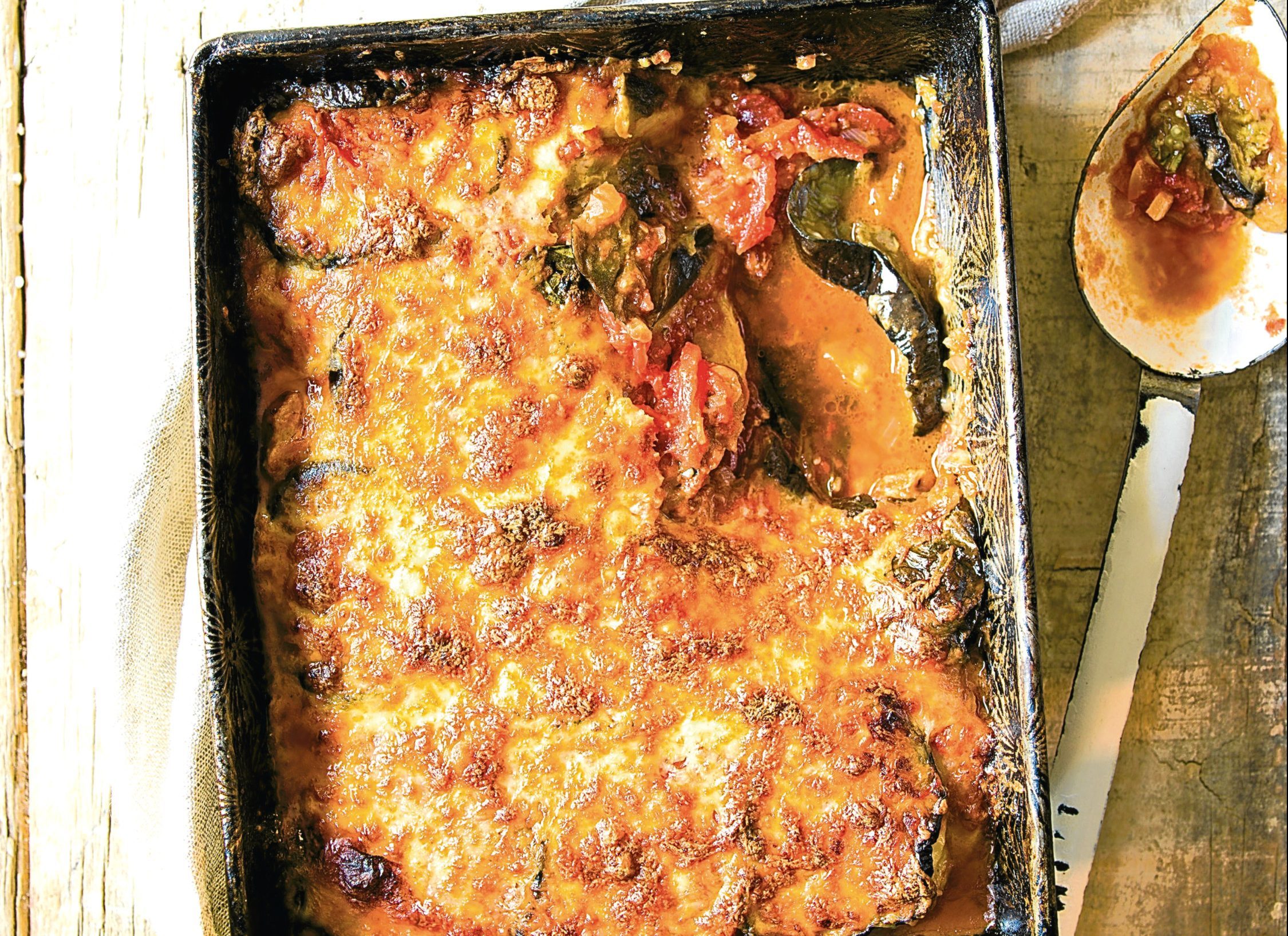
VICKI DE BEER knew something was wrong when her normally energetic eight-year-old son Lucca began to struggle to wake in the mornings.
Next, he came back from an annual camping trip with his dad, Joe, and two brothers looking unusually exhausted.
Although her husband and three sons often returned pleasantly tired from a few days in the wilderness, this was different.
Lucca was wiped out, his breath was “sickly sweet” and he’d been asking for more drinks than usual.
At first, Vickie — a food writer, chef and stylist who lives in South Africa — thought Lucca might have a throat infection.
But an appointment with their doctor the next day, and a round of blood tests, revealed her son actually had Type 1 diabetes — the form that occurs when cells responsible for producing insulin in the body are destroyed.
Unlike Type 2, it is not linked with lifestyle or weight, and tends to first appear during childhood.
The diagnosis meant Lucca would have to manage the condition for life with insulin injections.
“I was so petrified when they released Lucca from hospital,” Vickie recalls.
“I was worried we would make a potentially life-threatening mistake when injecting him with insulin.”
Family mealtimes also needed to be adjusted.
“From the moment Lucca was diagnosed, we decided that we would deal with his diabetes as a family unit,” explains Vickie.
“This was not only Lucca’s problem. We changed the way the whole family ate.”
On the advice of medics, the family stuck to a wholegrain, low-GI (glycemic index) diet, keeping a close check on carbohydrate counts, to ensure Lucca’s blood sugars were stable, and managed his insulin dosage.
But Vickie still had concerns.
“I always felt we weren’t managing his blood sugars to the best of our ability,” she says.
“Although his three-monthly blood sugar blood tests were always stable, we couldn’t bring the extreme fluctuations under control.”
Drawing on her food background, Vickie set about creating a low-carb plan in an attempt to help, meaning instead of starchy “white” foods like pasta, rice, bread, cakes and biscuits, they eat fibrous green vegetables, like courgette noodles, green beans and long-stem broccoli.
“Afterwards, not only were his blood sugars more stable, but he also had more energy and far less anxiety,” she adds.
Now, Vickie has teamed up with dietitian Kath Megaw, refining the recipes in a new cookbook.
The Diabetes Cookbook: Low Carb Recipes For The Whole Family is packed with practical advice for people living with the condition, as well as plenty of personal anecdotes and family-friendly recipes.
Vickie says the family have come a long way since Lucca’s diagnosis six years ago and, now 14, he’s “doing great”.
“Diabetes changes your life quite significantly,” says Vickie. “Everything must be planned very well, whether it’s a school outing or a sleepover.
“Lucca must always have his insulin and testing kit with him and access to food, in case he has low blood sugar.
“Our new low-carb diet has really improved the fluctuating sugars a lot, and with it, our quality of life.”
Type 1 And Type 2: The Diabetes Cookbook: Low Carb Recipes For The Whole Family by Vickie De Beer and Kath Megaw, published by Pavilion Books, priced £12.99, is available now.
For more information about diabetes, visit www.diabetes.org.uk
Here is a family-friendly recipe from the book to try now . . .
Chicken Parmigiana
Serves 8
You’ll need —
1 batch basic tomato sauce (see below)
3 large aubergines, thickly sliced
Salt
4 tbsps olive oil or coconut oil
6 chicken breast fillets, sliced horizontally and bashed with a rolling pin to make thinner
3 large handfuls of Parmesan cheese
150g grated mozzarella
For the basic tomato sauce —
2 tbsps olive oil
1 onion, chopped
2 minced garlic cloves
½ celery stick, grated
2 x 400g cans whole tomatoes
2 tbsps tomato puree
A handful of fresh basil, chopped
Preheat the oven to 200°C.
First, make the tomato sauce. Heat the olive oil in a large frying pan over a medium-high heat. Fry the onions and garlic for three to five minutes until softened.
Add the celery and fry for another two minutes. Add the whole tomatoes and tomato puree; press the tomatoes to a finer consistency with a fork. Leave to simmer, stirring, for 10 minutes or until the sauce becomes thick. Add the basil leaves at the end. Keep warm until needed.
Place the aubergine slices on a well-oiled baking sheet. Season with salt and drizzle with more oil. Bake in the oven until just soft and light golden.
Heat the rest of the oil in a non-stick pan and season the chicken fillets with salt. Brown the chicken on both sides, in batches, in the pan over a medium heat. Set aside.
In an ovenproof 25x15cm baking dish, layer the Parmigiana.
Start with ladles of the tomato sauce, followed by a layer of cooked aubergine.
Sprinkle a good layer of the Parmesan over, followed by some of the chicken fillets.
Repeat the layers until you have used all the ingredients, ending with a layer of the tomato sauce. Sprinkle the mozzarella over and bake in the oven for 35-40 minutes until golden and bubbly.

Enjoy the convenience of having The Sunday Post delivered as a digital ePaper straight to your smartphone, tablet or computer.
Subscribe for only £5.49 a month and enjoy all the benefits of the printed paper as a digital replica.
Subscribe